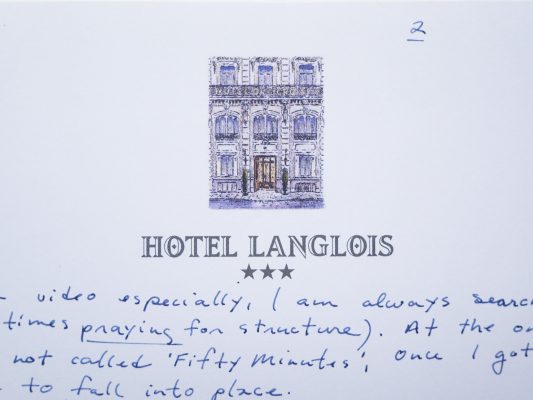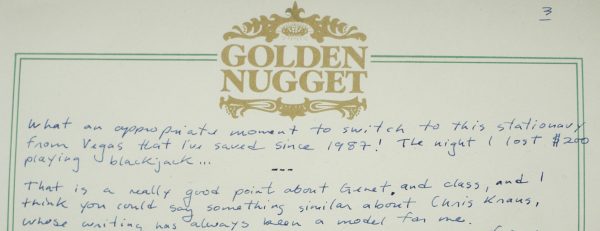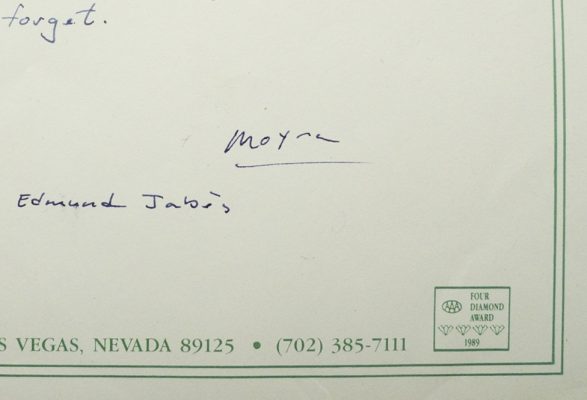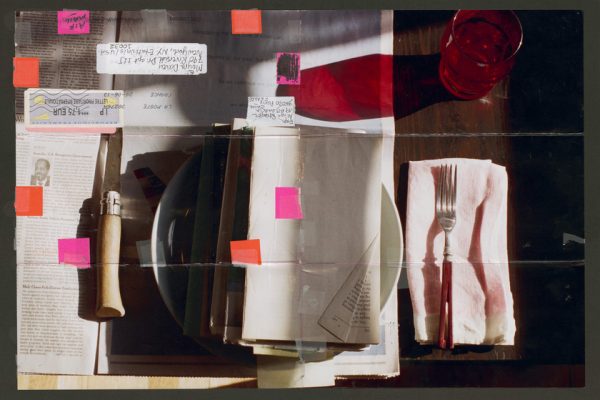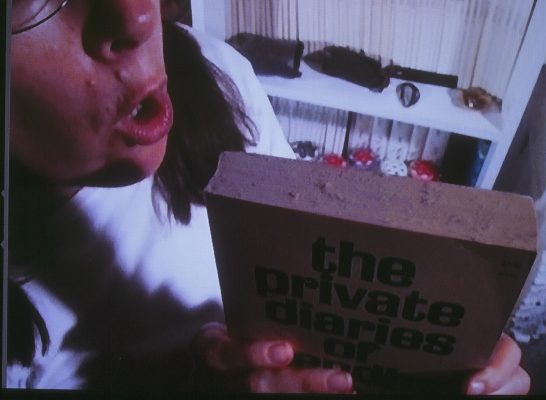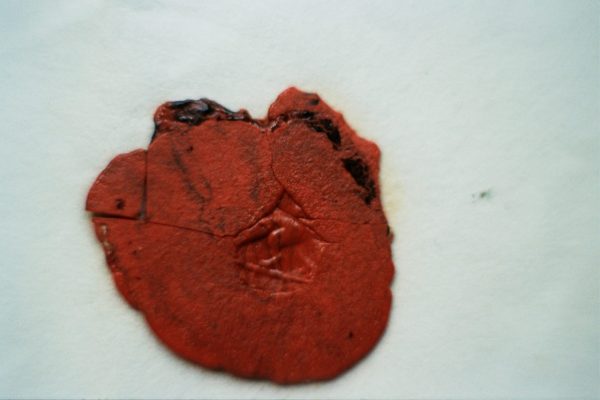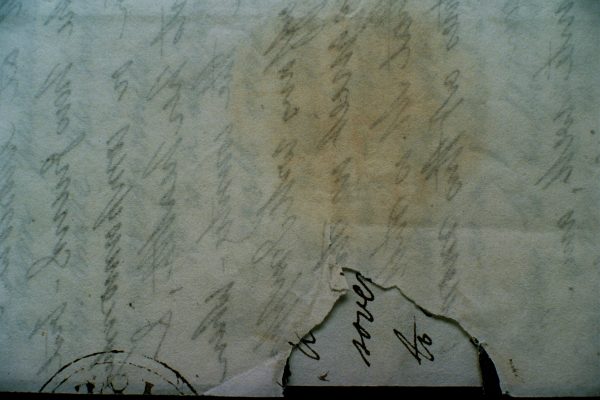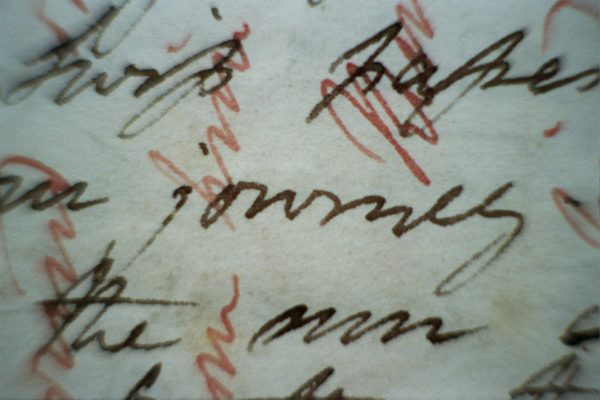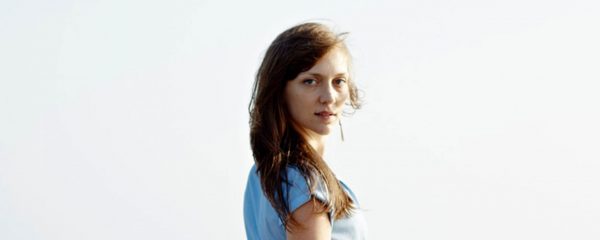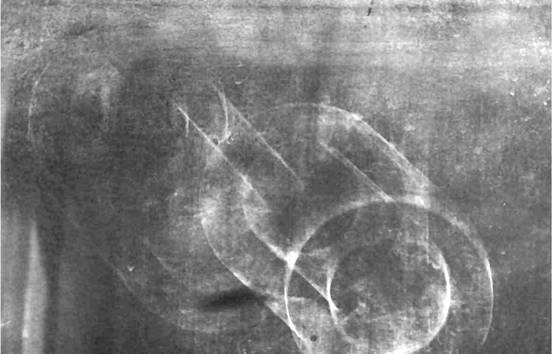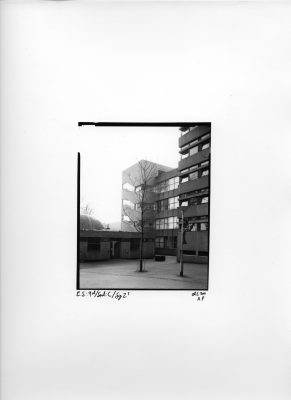One way to think about Moyra Davey’s way of working across photography, film and text is in terms of economy. Economies of production: photograph in the home, or occasionally on the street, where time and ‘material’ are your own. Send work in the mail to galleries, or more often, friends, replacing large insurance costs for the price of postage stamps. Her piece ‘Copperheads’ focused on the scratched profiles of pennies, one per photo, in a grid of 100. It was 1990; the art market bubble had deflated, the Berlin Wall had fallen, and Lincoln’s face had lost its nose through casual circulation.
Economies of class – for the signifiers of Davey’s work are very middle. Things in her images include: dust under the bed, spines of old books, coffee cups, the corners of rooms, an open medicine cabinet, her dog taking a dump, herself in downward-facing dog pose – the entropy of domestic disorder. Some of these subjects are of the kind you now see on Instagram—the everyday, self-reflexive mundane—but Davey’s been taking analogue photographs since the eighties, of what Chris Kraus called ‘the texture of spaces fully inhabited’. They have a literariness, without any heaviness – in 2012 she sent a series of aerograms, her preferred format, to the writer Lynne Tillman to be paired with text snippets or unconventional captions, before her exhibition at Murray Guy in New York. ‘Indolence. Torpor. Ill-Humour’ was the title – like every artist’s struggle against stagnation.
Economies of reading: Davey asks how much one should consume in order to produce, and whether it’s OK to be greedy, rather than worthy, in one’s choices. And economy of expression: write in fragments, respond in terse statements – as she does here. Given that her practice is itself epistolary, my request to communicate via snail mail was presumptuous. She writes towards the end of our exchange of self-censorship, and in writing back rather than speaking out loud she had indeed censored herself in a way that is less possible in dialogue. Put differently, she did the edit.
The materialities: I wrote directly on pale blue paper, full of crossings-out. She used writing paper from the HOTEL LANGLOIS (3 stars), where she had been staying recently in Paris. About two-thirds of the way through, she switched to the stationary of a Las Vegas casino, with gold embossed letters. Besides my letter I included on a postcard this quote from Edmond Jabès’s The Book of Questions: ‘The written replaces the spoken, not the better to fix or formulate it, but, on the contrary, to enjoy its explosion as each part is exposed to reading at its various stages, its different levels of sense.’
